Much to like in Think New Mexico’s plans to address medical provider shortage
10.28.2024
New Mexico’s medical provider shortage remains a critical issue. While many changes were undertaken during the 2023 legislative session to address the shortage of medical providers, the fact is that New Mexico continues to suffer from a relative lack of medical providers. To be sure, New Mexico is NOT alone in this matter. For a variety of reasons there is a national shortage. And, to be clear the Rio Grande Foundation has spent considerable time on the topic with an analysis of the shortage here and our own report on some solutions (including a handful that were enacted in 2023) here.
Think New Mexico’s report is a useful addition to the conversation about how to further build on 2023’s important reforms (and make sure those gains are locked in). Ideas include:
- Further reforms to New Mexico’s medical malpractice law;
- Join All Ten Major Interstate Health Care Worker Compacts;
- Create a Centralized Credentialing System;
- Make New Mexico’s Tax Policy More Friendly to Health Care Workers (this includes making the gross receipts tax exemption for medical providers permanent, a policy RGF has long-supported);
- Enhance Medicaid Reimbursement & Reduce Claim Denial Rates;
- Increase the number of medical professionals through internal development as well as bringing them in from abroad;
- Create a “permanent fund” for health care.
Overall, RGF supports an overwhelming majority of this report. We have written about and argued for several of these ideas in our own papers which are linked in this post. Our critiques are as follows:
Medical licensing should be limited and often eliminated entirely. Compacts and centralized credentialing are 2nd-best options.
Medicaid should be reduced as a force in New Mexico’s health care system by encouraging people to work and by making the system less generous relative to other health care options. That said, increasing reimbursements to medical professionals will have a positive impact on medical providers.
We DO NOT like the idea of a permanent fund for health care and have a very different view of existing permanent funds from that outlined in this report.
Overall, there is a lot of good information in this report.

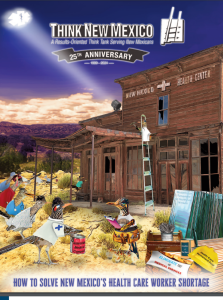
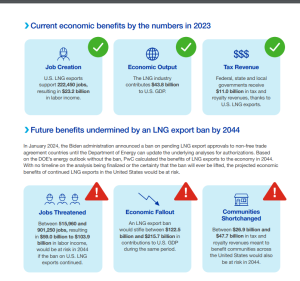
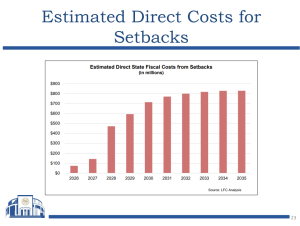




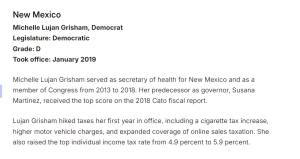
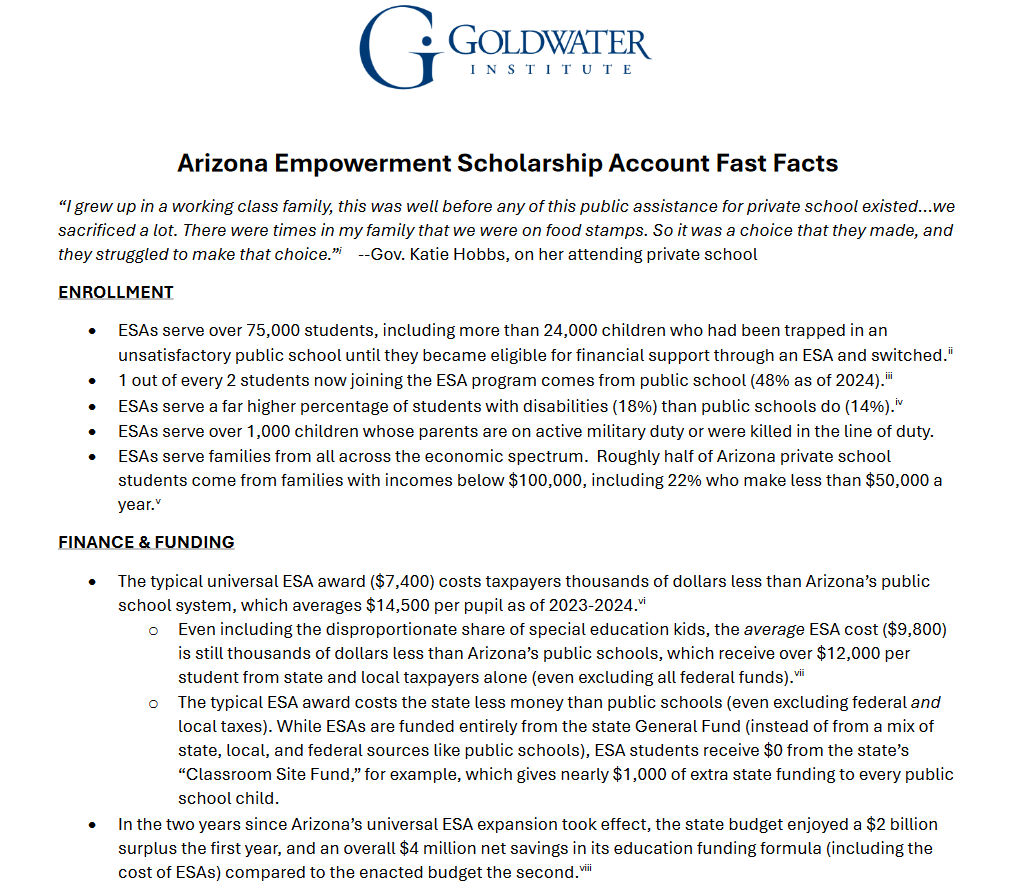

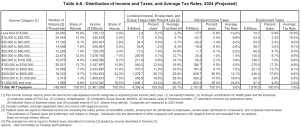


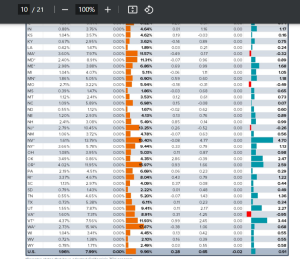
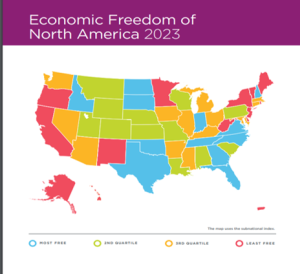


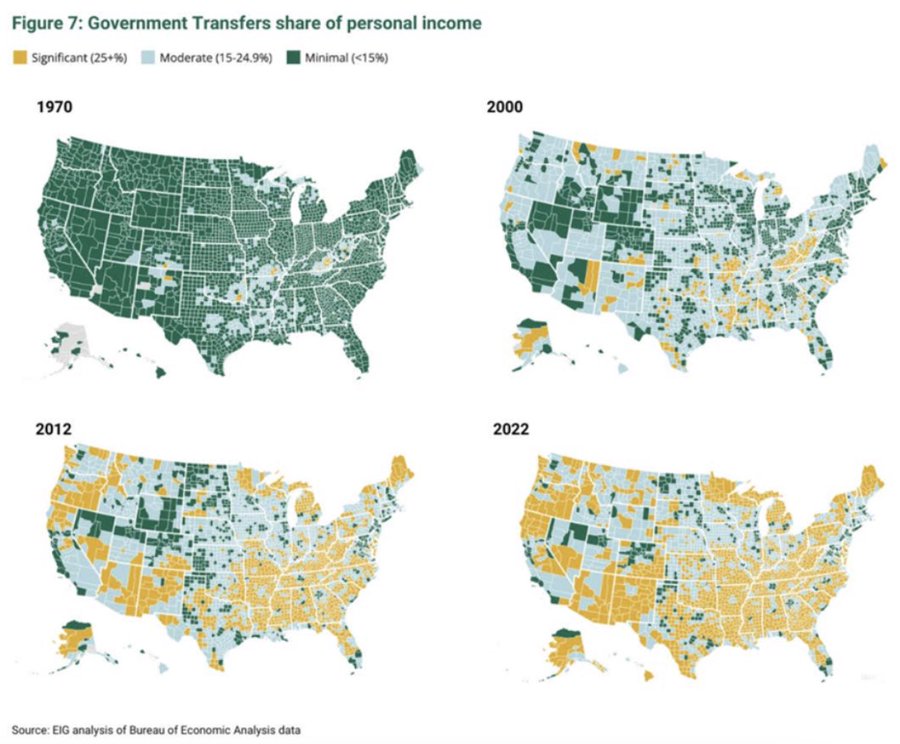

 This event is co-hosted with the New Mexico Federalist Society.Nicholas Ganjei is Chief Counsel to U.S. Senator Ted Cruz, a member of the Senate Judiciary Committee and Ranking Member of the Subcommittee on the Constitution. This committee is certain to be at the center of efforts by either a Republican or Democrat administration to shape the federal judiciary over the next presidential term. The next four years could see Supreme Court vacancies or dozens of circuit and district court judge vacancies across the nation, which will profoundly impact the administration of law in the United States. You don’t want to miss this informative talk by a Capitol Hill insider detailing the politics, policy, and strategy that go into the nomination of judicial nominees, as well as what we can expect in the next presidential term.
This event is co-hosted with the New Mexico Federalist Society.Nicholas Ganjei is Chief Counsel to U.S. Senator Ted Cruz, a member of the Senate Judiciary Committee and Ranking Member of the Subcommittee on the Constitution. This committee is certain to be at the center of efforts by either a Republican or Democrat administration to shape the federal judiciary over the next presidential term. The next four years could see Supreme Court vacancies or dozens of circuit and district court judge vacancies across the nation, which will profoundly impact the administration of law in the United States. You don’t want to miss this informative talk by a Capitol Hill insider detailing the politics, policy, and strategy that go into the nomination of judicial nominees, as well as what we can expect in the next presidential term.